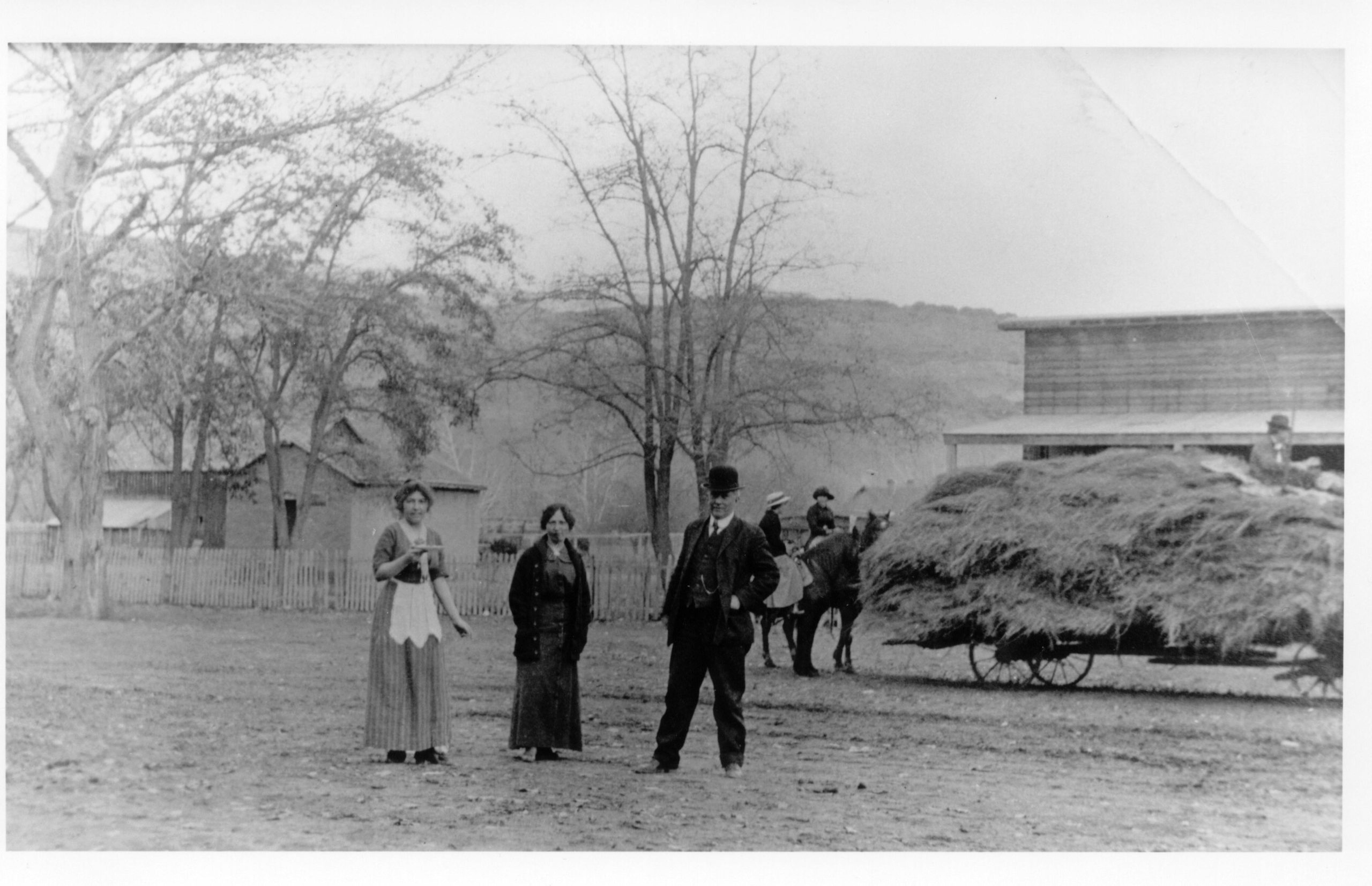Some information may be outdated.
What was the landscape and ecosystem like when settlers arrived in the Moab Valley in the late 1800s? This question is posed in the temporary exhibition now on display at the Moab Museum, “A Grand Heritage: Stories from the Oral History Archive.” Stories and firsthand accounts from settlers can be found in the Museum’s rich and varied Oral History Archive, providing answers to the question and perspective about how development has shaped the ecosystem of the Moab Valley.
“The whole valley of what is now Moab was covered with a very heavy growth of wild grasses and was used for hay,” explained Addie Maxwell in a 1934 Works Progress Administration Pioneer Personal History interview. Maxwell (then Addie Taylor) arrived and settled in the Valley with her family in the 1880s as a young girl and became one of the town’s early entrepreneurs. Her oral history interview is one of many that makes reference to extensive grasses in the valley.
Settlers used the grass to feed their livestock, along with other uses. Early settlers’ mattresses were sometimes stuffed with grass, and one family recalled a funny instance in an oral history interview.
“I have heard Mother tell about when she was a girl they would cut the tall wild grass for bed ticks [i.e. mattresses]. One time she and her sister had cut and dried enough for their bed, and [a visitor] came to their home and her father let him feed the grass to his horse, and how they hated [him] for that. His horse had eaten their mattress!” This family story came from Mrs. L.L. Taylor, in an interview with Lydia M. Watts by folklorists Austin and Alta Fife in 1953.
While some things about the natural environment and how people use it have changed with the buildup of the town, other aspects about living in Moab remain constant. Flash floods, for example, impacted Moabites in the past and today.
Essie Larsen White, born in 1905, described the excitement and intensity of flash flooding in one oral history interview:
“The notorious creek went on annual rampages; flash floods formed in the foothills of the La Sals after a cloudburst. With no more warning than a tell-tale roar and the stench of gypsum-filled waters, the flood was upon the town. Sometimes movie-goers were caught on the wrong side of the creek and had to wait hours until the flood waters receded enough to cross the creek on improvised bridges. A Mill Creek flood was a show name missed; it drew as many spectators as the Main Street races on the Fourth of July.”
These stories illustrate a dynamic relationship between Moabites and their local environment. “A Grand Heritage: Stories from the Oral History Archive” includes many other tales of Moab’s past, inviting reflection about what has changed and what remains the same for Moabites today.
The Moab Museum is dedicated to sharing stories of the natural and human history of the Moab area. To explore more of Moab’s stories and artifacts, find out about upcoming programs, and become a Member, visit www.moabmuseum.org.
Appreciate the coverage? Help keep local news alive.
Chip in to support the Moab Sun News.





